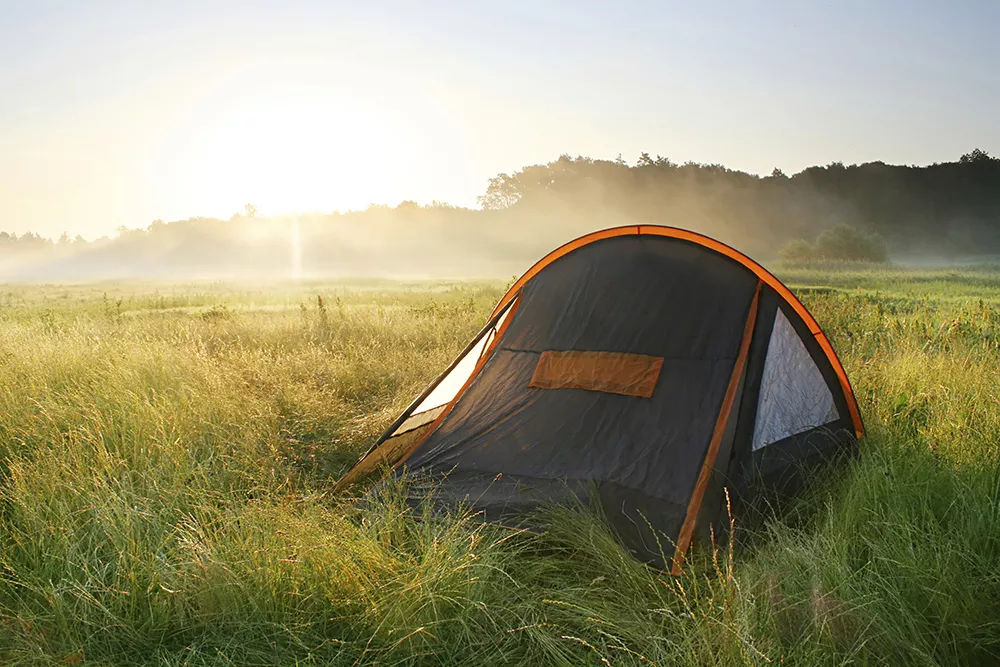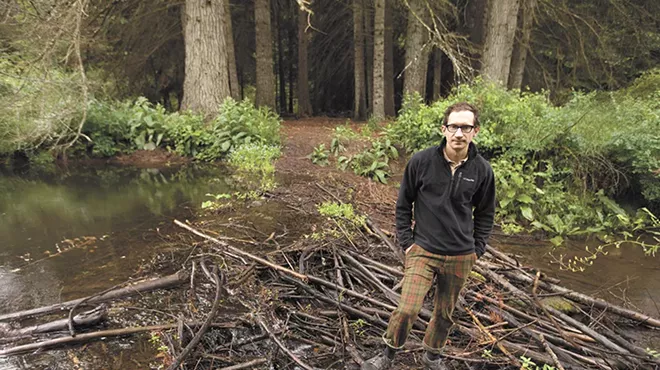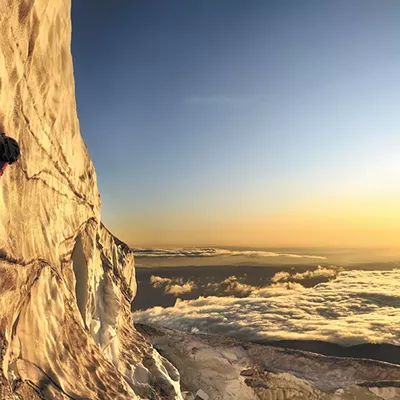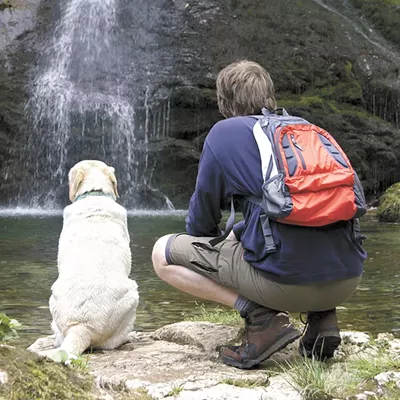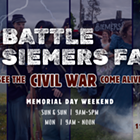If you've never camped before, it can be overwhelming. Packing everything you need and heading into the wilderness. Having to pack your own coffee. No television? That's some Davy Crockett shit, ain't it? Don't fret. Camping can involve a variety of approaches — some extreme, some just short of a 4-star resort. Here are three popular ways to enjoy the Inland Northwest in all her beauty: Car camping, backpacking and canoe camping.
CAR CAMPING
It's as simple as it sounds. Grab your car and find a camping spot. Generally speaking, if you can drive there, you're good to go. But that doesn't mean you can't see some amazing countryside. If you're looking for a spot close to Spokane, Riverside State Park's Bowl and Pitcher campground sits right on the Spokane River and is less than 20 minutes away from downtown ($22-$29 a night).
Want to venture farther afield? Check out Fishtrap Lake. This privately owned campground ($20 a night) sits on the north end of the 800-acre lake. There is a small resort with a café and convenience store. The campground itself is family friendly, with plenty of grass and lake access. As its name suggests, fishing is a major draw. No speedboats are allowed on the lake, but kayaks and canoes are.
What you need: a tent, a sleeping bag, a sleeping pad and some sort of stove. If you don't have these things, you can rent them from a local outfitter relatively cheaply. Bug repellent is always a good idea.
BACKPACKING
Feeling strong? Go backpacking. Hiking all day with everything you need strapped to your back, then sleeping under the stars, is a particularly rewarding experience. Unlike car camping, backpacking requires more gear, some basic experience and good overall fitness. You certainly don't have to be a physical phenomenon, but you should be able to walk, with a full pack, for an hour or two.
Like car camping, there are plenty of wonderful options close to Spokane. The Thirteenmile hike, just south of Republic, is a three-hour drive from Spokane. The trail is 16 miles total (yes, it's confusing). It's a great day hike, but an even better two-day backpacking adventure, with plenty of potential camping spots and water sources. The hike has beautiful views of neighboring mountains and canyons. If you go in the spring, there will be wildflowers galore. Keep an eye out for rattlesnakes near water crossings and low areas. For more detailed information, including driving directions, go to wta.org.
What you need: a backpacking pack, a water filtration system, a backpacking stove (optional), a sleeping bag, a sleeping pad (optional), sunscreen, bug spray and a first-aid kit. Again, much of this can be rented at a local outfitter. As for food, Cabela's has a good selection of dehydrated meals. Trail mix, nuts and jerky also are good snacking options.
Like any outdoor activity, there are inherent risks associated with backpacking. Make sure you know where you're going, have a hiking buddy, have a good sense of the trail geography, tell someone where you're going and check local and state websites for more detailed information.
CANOE CAMPING
Canoe camping adds another enjoyable dimension to camping in general. Instead of driving or hiking your gear, you travel via water. Plan on packing essentially the same items; just add PFDs (personal floatation devices) and a canoe.
One of the best and most beautiful areas to canoe camp is North Idaho's Upper Priest Lake. A good place to start from is Beaver Creek Campground ($20 a night) on the northwest corner of the main lake. It's a popular campground, so if you choose, you can spend your first night there.
From there it's about a 45-minute paddle through the Thorofare and into Upper Priest Lake, where there are numerous hiking trails. Again, you can do a simple day trip if you choose.
There are four developed campgrounds (free, first-come, first-serve). The first, and one of the most popular, is Geisengers at the mouth of the Thorofare. This camp sees a lot of traffic, but has the best sunsets around. On the eastern side of the lake there's Trapper Creek. The final two campgrounds, Plowboy and Navigation, are on the lake's western side.
All the developed campgrounds provide fire pits, picnic benches, pit toilets, and bear boxes for food storage.
Warning: Conditions can change quickly. Lakes can be hazardous if you're not prepared, especially early in the season. Call the Priest Lake Ranger District at (208) 443-2512 for more details. ♦

